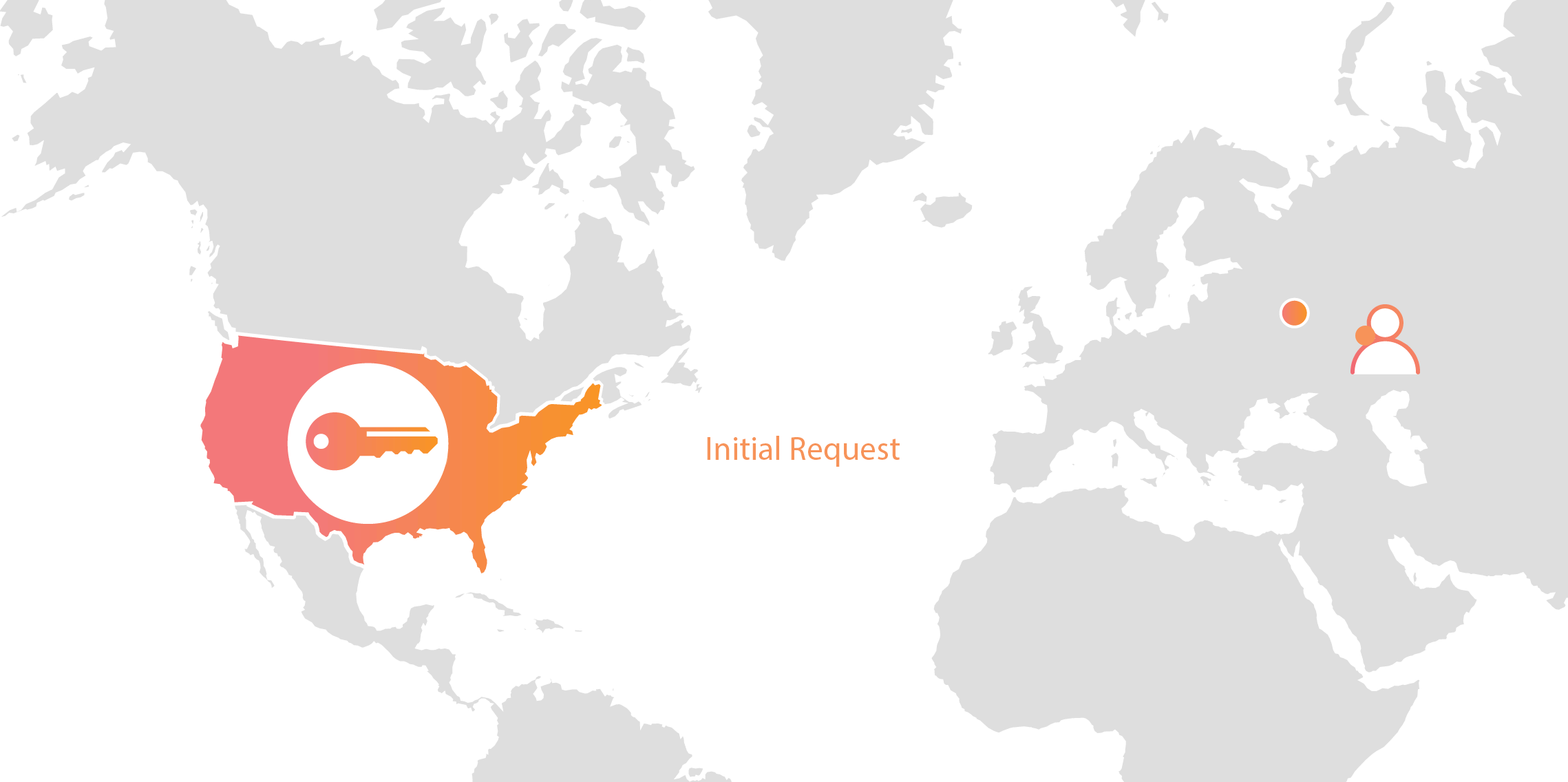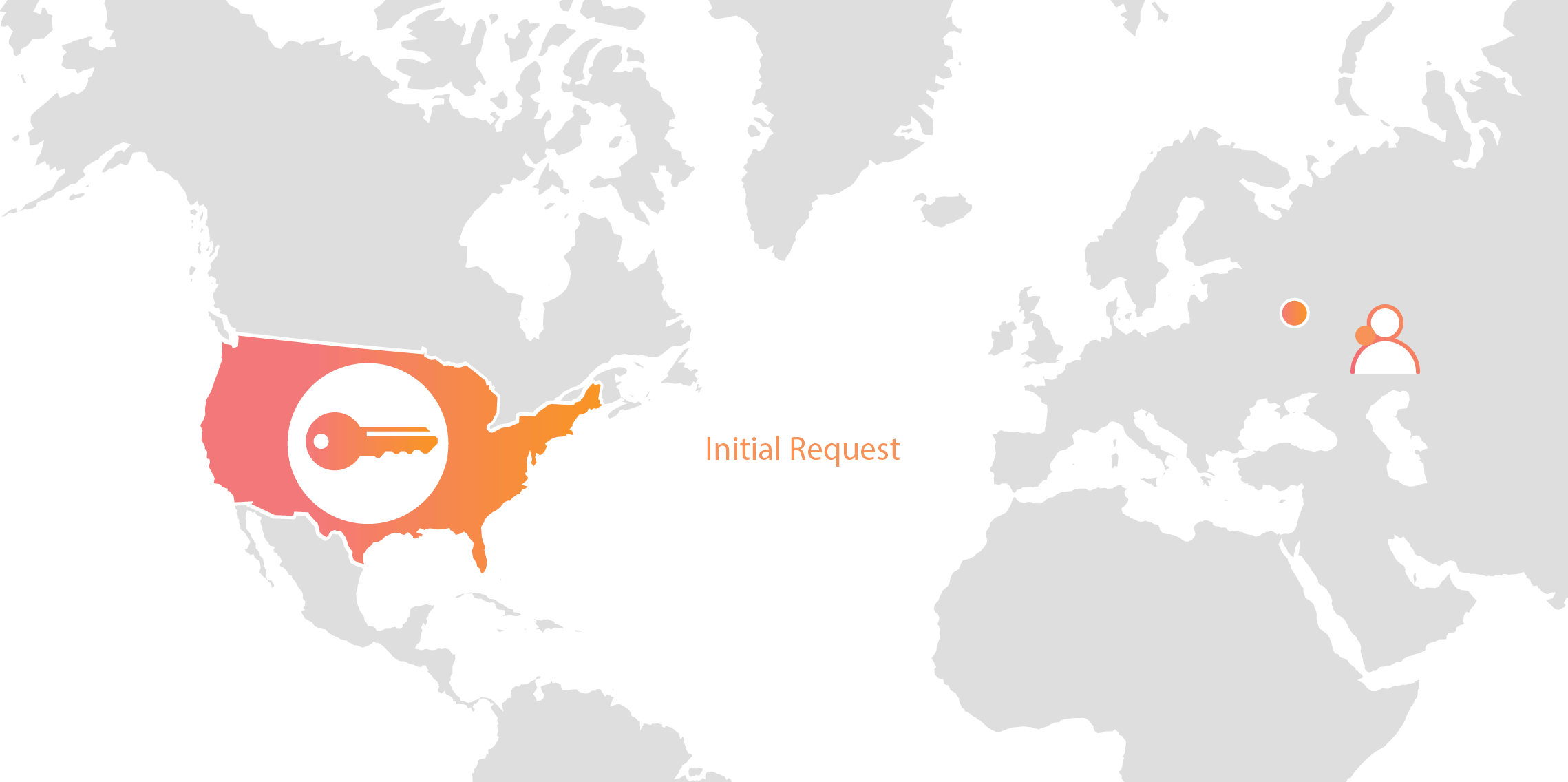A lack of cloud skills could cost companies money
A poll from Europe finds two in three IT decision makers say their organization is losing out on revenue because their firm lacks specific cloud expertise.The report, compiled by cloud hosting provider Rackspace and the London School of Economics, polled 950 IT decision makers and 950 IT pros and found nearly three quarters of IT decision makers (71 percent) believed their organizations have lost revenue due to a lack of cloud expertise. On average, this accounts for 5 percent of total global revenue, no small amount of money. + Also on Network World: 10 most in-demand tech skills + Also, the survey found 65 percent believed they could bring greater innovation to their company with “the right cloud insight.” And 85 percent said greater expertise within their organization would help them recoup the return on their cloud investment.To read this article in full or to leave a comment, please click here
 The move was a first for Microsoft as it grows open source support.
The move was a first for Microsoft as it grows open source support.
 The platform now includes support for Microsoft Azure, Google Cloud Platform, IBM Bluemix, and Alibaba Cloud.
The platform now includes support for Microsoft Azure, Google Cloud Platform, IBM Bluemix, and Alibaba Cloud. Data Hub doesn’t move data around, but processes it where it resides.
Data Hub doesn’t move data around, but processes it where it resides. Data Box also joins the list of ways to transfer information to the cloud.
Data Box also joins the list of ways to transfer information to the cloud.



